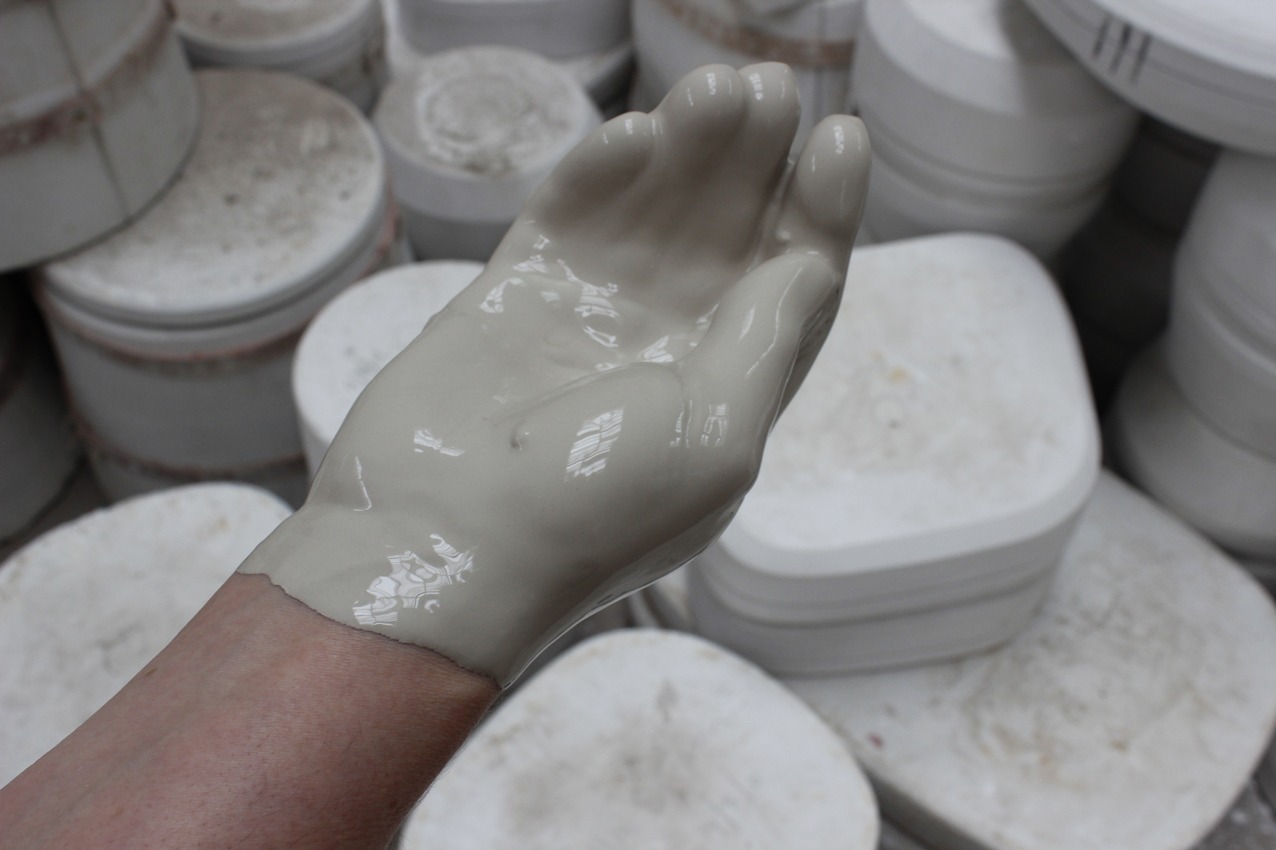The obsolete is futile, something laid aside, an abandoned and “distant” subject. On the contrary, the concept of topography is the mapping and a precise detailing of a site, a thorough investigation of one geography and a vivid image of its features. Creating a topography of the obsolete locates us under the condition to return—returning and positioning ourselves in an irreconcilable situation of “leaving something forever and coming back to it again.” The obsolete, despite our expectation, begins to change from the moment of being abandoned. The topographies of the obsolete is in fact an excavation and digging into the strata of this change in order to reach the obsolete and resurrect it—something that won’t take place and is our desire.
In her encounter with the abandoned ceramics factory, Traci Kelly writes: “As artists we insert our subjective plurality into the rupture of the site, or, the eventfulness of the site gives rise to our subjective plurality, thereby creating the socio-political. The unravelling of the knowledge, the site houses may expose it as a deconstructed monument, but perhaps more vitally, it is to leave it forever undone, fragmented and full of potential.” Kelly is actually emphasizing the intact quality of the obsolete/abandoned space. According to her, as a result of this encounter a sort of knowledge will shape within us and will add something to us. This knowledge is a truth to be invented and not a truth which presents itself—The very aspect that Alain Badiou distinguishes between “Truth-as-place and truths-as-veridicalities-to-come.”
With regard to the abovementioned goal, the artist residencies “Topographies of the Obsolete” and “Resurrecting the Obsolete” have invited the artists to interact with the abandoned space of Spode factory and to represent the result as an art work. Kelly|Marhaug, in a collaborative practice and with focus on the atmosphere of Spode factory, have chosen to work with such concepts as passing, laying to rest and letting go to investigate the critical importance of the place and its impact on the body: “Over time the corporeal body is in contestation with its location. It starts to judder, vacuumed lips part, and the 0val cavity coughs oughs ughs and splutters, returning second-hand air to where it was sourced. Skin shivers and eyes itch. Lungs breathe shallow. The critical body surfaces.” Or in other lines she writes: “Many years of silted dust in the mould store foregrounds imprints of footsteps evidencing curiosity and exploration. Together the artist and the site produce new emerging histories, histories that taste damp and feel silky, causing goosebumps and irritations. Space and user are critical to each other.”
The critical aspect in the relationship between the space and its user could be understood regarding the formation/emergence of the truth which only occurs based on the interaction of the space and body. This interaction adopts a haunted quality in the obsolete locations, this is basically because the user is encountering the “loss” of subjects. The losses that have one foot back in the history, past and the memory, and the other foot in the present simultaneously anticipating the future. The topography of the obsolete is to accept an invitation for stepping into an open space of “simultaneous existences” and shaping the truth that, quoting Kelly, is captured “in the present, by glancing backwards and scripting forwards.”
 Projects
Projects  There Is an Open Gate
There Is an Open Gate
